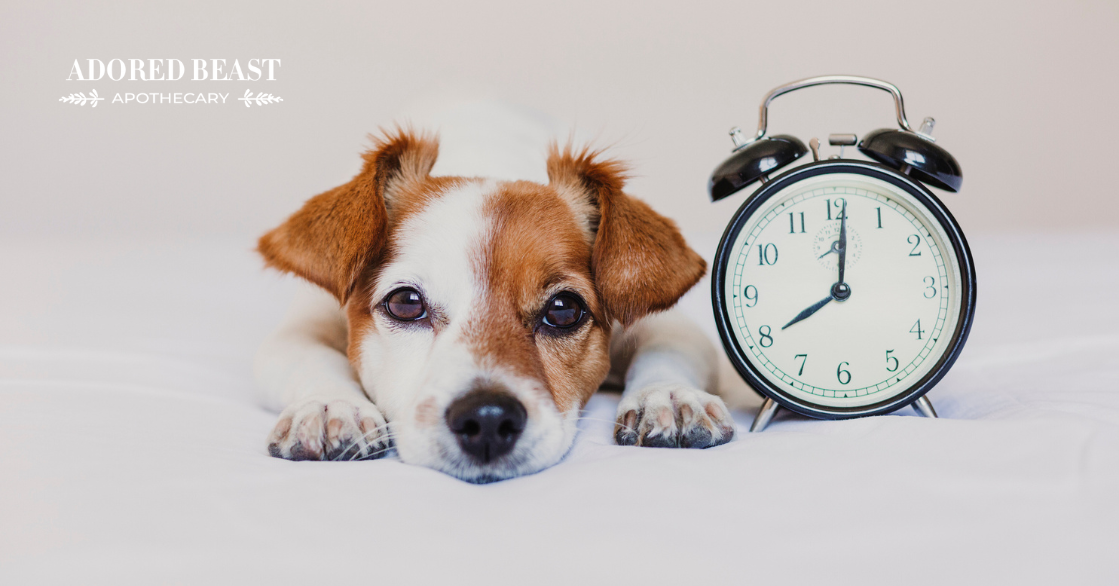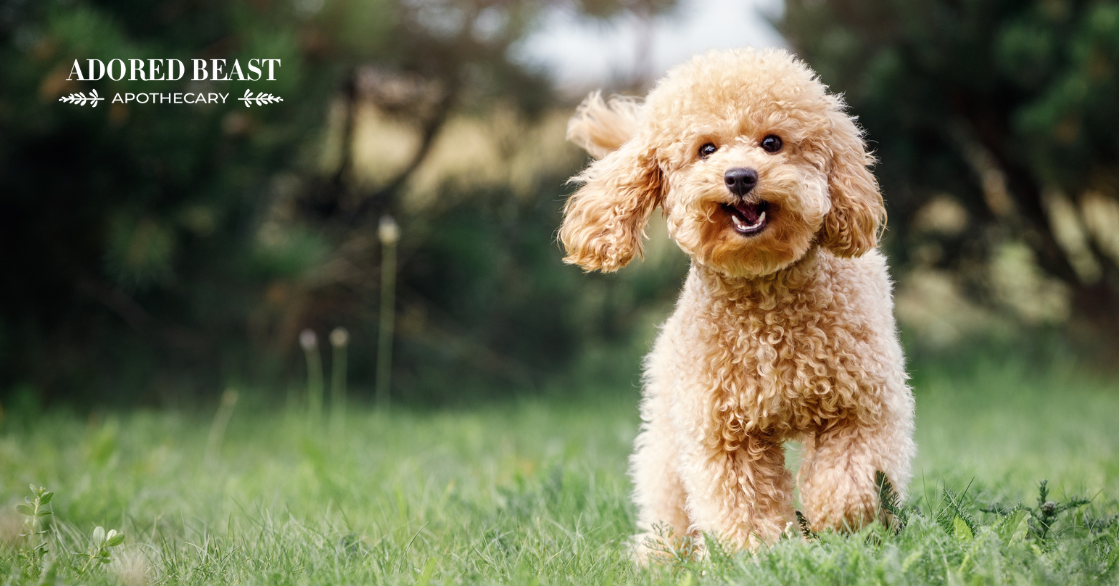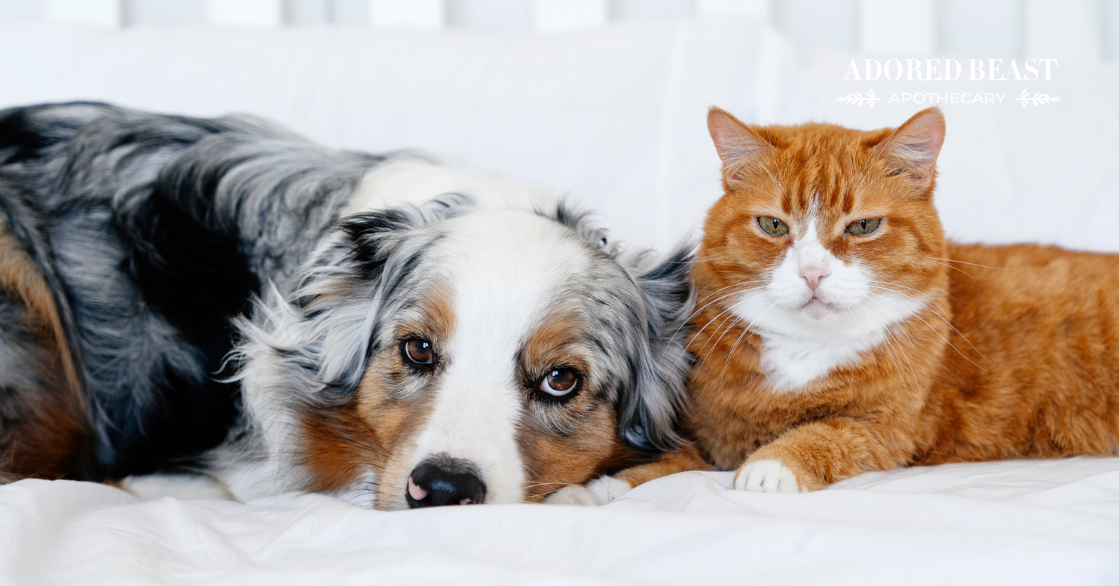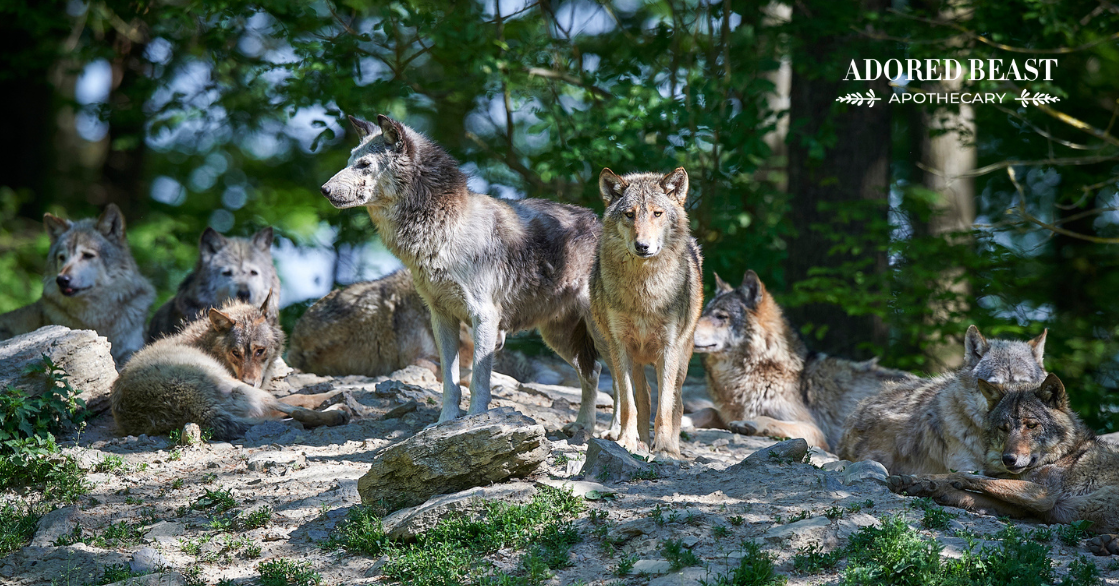Oh man, when clock-changing time rolls around, most of us feel it – that sudden shift in our sleep schedule, our appetite, or even our mood. Personally, it can take me weeks to feel “normal” again.
But we’re not the only ones who notice the change. Does daylight savings affect dogs and cats? You bet it does! Our dogs and cats feel it, too, in a variety of different ways. While they don’t understand the concept of clocks, they live by their internal rhythms, and when we change the time, their routine is suddenly out of sync.
What does this look like for our dogs and cats? And, if you notice your pet acting a little off after the clocks change, is there anything you can do to support them?
Does Daylight Savings Affect Dogs and Cats?
Our adored beasts thrive on consistency. Their internal clocks, known as circadian rhythms, are influenced by light, dark, and routine. When we “spring forward” or “fall back,” those rhythms get disrupted, even if it’s just by an hour.
For some animals, the change is taken in stride. Our girls eat breakfast, but I try to vary the time a little every day. It’s the same with walks – we don’t go at the same time every day. But my sister’s dog, Zeus, KNOWS when it’s 5pm. If his dinner is not on his plate in the kitchen at 5pm on the dot, he’s in your lap letting you know that you’re late! It’s pretty impressive.
Here’s how the time change can impact your pets:
- Feeding schedules – If your pet is used to breakfast at 7am, they won’t understand why the food isn’t in the bowl yet. Food is a big part of your animal’s day, and so this can cause confusion, pacing, or begging earlier or later than usual.
- Walk and potty breaks – Many dogs expect their morning walk or evening potty break at certain times. Again, like food, these are exciting things they look forward to. When that schedule shifts, accidents or restlessness can happen.
- Medication timing – For pets that take medication on a schedule (like insulin), timing changes can temporarily throw off their balance.
- Sleep and energy – Just like us, pets may feel sluggish, antsy, or “off” for a few days after the clock changes.
- Behavioural changes – Cats may start meowing earlier in the morning or waking their humans sooner. Dogs may seem clingier or more alert at odd hours.
Of course, there are all kinds of small things that you might notice when the time changes, so keep your eyes peeled.
How to Make the Transition Easier for Your Pets
When I know daylight savings is coming, I don’t just let it hit me head-on. I make changes to my own routine a few days in advance, make sure I get lots of morning sunlight, and prioritize sleep. Fortunately, there are also some simple ways to help your pets adjust to daylight saving time more smoothly:
- Adjust gradually – Start shifting your pet’s schedule a few days before the time change. Move feeding, walking, and bedtime routines by 10–15 minutes each day to help their body clocks adjust slowly. This way, it’s not such a drastic change all at once.
- Keep the routine consistent – After the change, stick to a steady routine. Regular feeding, walks, and playtime help pets settle back into rhythm more quickly. You don’t want them to think big changes are random and not something they need to get used to.
- Use natural light – We often take for granted how much light, sunlight specifically, keeps our bodies in check. Open curtains in the morning and dim lights in the evening to help reset your pet’s internal clock naturally. Light cues are powerful signals for their biological rhythm. Make sure to take your dog outside for walks and playtime during the daylight hours as much as possible. This helps them sync with the new natural light cycle.
- Be patient and observant – Your pet might act a little differently for a few days – they might be hungrier, more tired, or restless. They might even be moddy. Give them grace and keep an eye out for stress signals like pacing, whining, or hiding. If they’re off, try to engage them in some play – here are some tips for dogs and for cats.
- Support sleep – Provide a calm, comfortable sleeping space. Avoid loud noises or big changes in the evening so your pet can wind down naturally.
- Adjust medications safely – If your pet takes daily meds, especially time-sensitive ones like insulin, shift the timing slowly or ask your vet the best way to adjust without disrupting their treatment.
Does daylight savings affect dogs and cats? As you can see, even though the time change feels small to us, it can be a big deal to our pets – especially those who thrive on predictability and are used to a set schedule. A little patience, structure, and natural rhythm can go a long way in helping them feel secure and balanced again. After all, while we’re fumbling with our clocks, our dogs and cats are just waiting for life to make sense again – breakfast at the right time, walks when expected, and a cuddle before bed. Be patient, they’ll get through it, just like we do.












